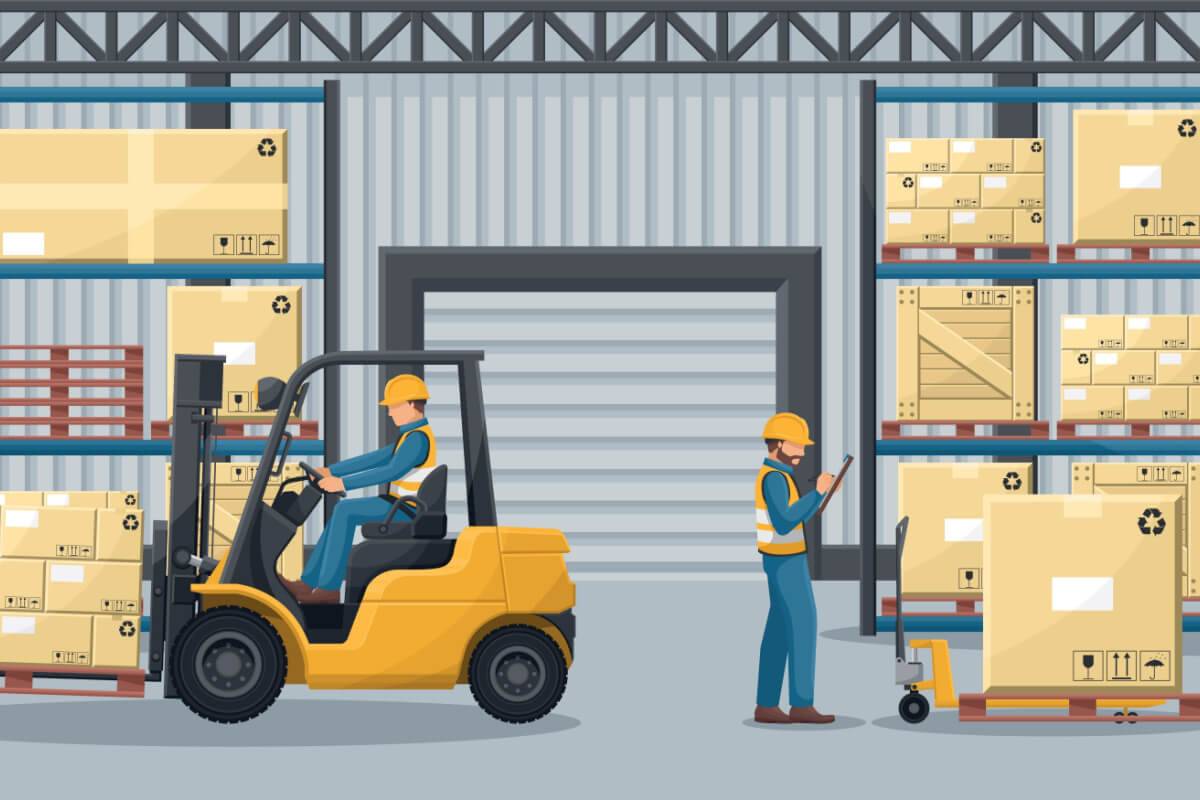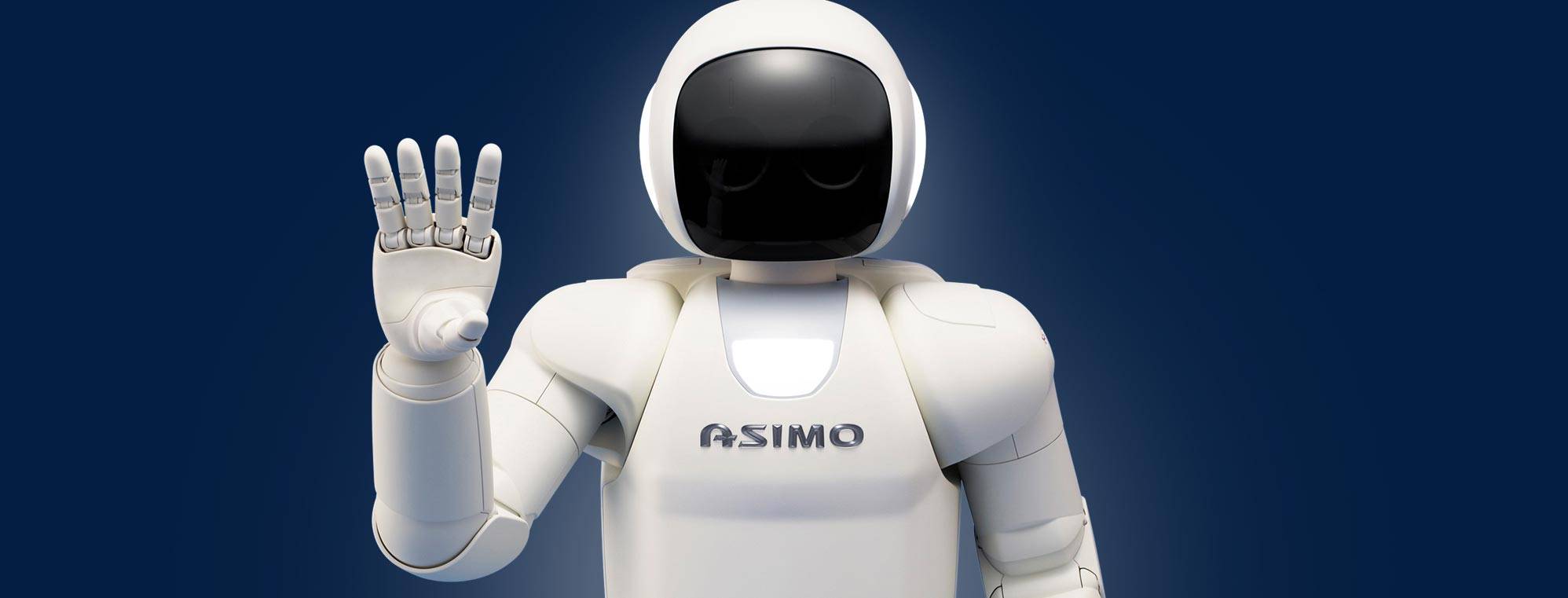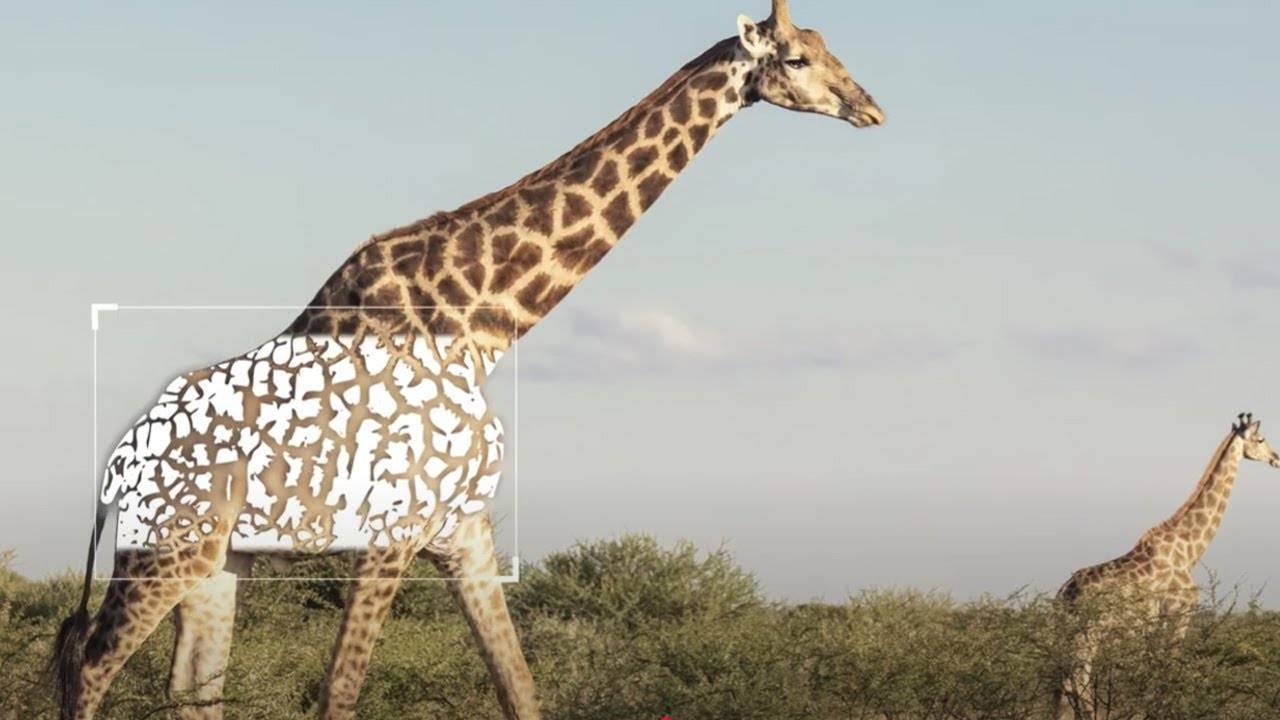Cross docking: what it is and how it works
Cross docking is an efficient logistics strategy that minimises storage in the supply chain. This technique involves receiving products and transferring them directly to the outbound transport, thus eliminating the need for warehousing and all the investment and logistics involved. This has made cross docking essential for companies looking for agility and cost reduction, do you want to find out more about it?
What is cross docking in a company?
As we have already mentioned, cross docking in business refers to a method of goods management that streamlines the distribution process to the extreme. This technique consists of receiving products and redistributing them immediately, without storing them, or doing so for the minimum time possible in certain cases. This means that, on arrival at the warehouse, the items are moved directly from the receiving area to the shipping area, thus being perfectly prepared for their final delivery. This is why it has become one of the preferred ways of doing business for more and more e-commerce owners.
This methodology is particularly advantageous for businesses that handle perishable or high-demand products, where time is a critical factor. By eliminating the need for warehousing and reducing product handling steps, cross docking not only speeds up the delivery process, but also lowers operational and labour costs. In addition, the practice also reduces the risk of damage during storage and improves inventory management.
Successful cross-docking depends on precise coordination between suppliers, carriers and customers, as well as efficient, state-of-the-art information systems to manage the flow of goods. By implementing this type of strategy, companies can significantly improve their logistics efficiency, offering faster delivery times and easily increasing customer satisfaction.
How to do cross-docking?
To implement cross-docking in a company, it is necessary to follow several steps in the most appropriate way.
- The first step is detailed distribution planning on the part of the suppliers. In order to be able to dispense with logistics and warehousing facilities, everything must fit together perfectly.
- Then it is necessary to fine-tune the incoming goods processes in the warehouse, where the cargo is recorded and checked as part of quality control.
- In addition, it is essential to determine whether packaging, labelling or price changes are necessary before final shipments of goods are made.
The effectiveness of cross-docking depends on perfect coordination between all parties involved, from the producers to the suppliers to the distribution company to the end customers themselves.
In addition, a powerful warehouse management system is crucial to effectively meet the requirements of this method. The key to success lies in the agility and precision in the movement of goods, thus minimising storage time and maximising distribution efficiency.
How many types of cross-docking are there?
There are different types of cross-docking, each one adapted to specific needs and situations.
- Pre-distributed cross-docking: This is the simplest type of cross-docking. Companies that decide to implement it operate by leaving the responsibility for preparing and organising the load to the supplier depending on what the final demand is. In this case, the operation in the warehouse is limited to receiving the goods and dispatching them without any further intervention on their part.
- Consolidated cross-docking: In this case, the goods are handled in the warehouse in order to adapt them as much as possible to the requests and preferences of the end customer. This implies the need to move the load units to a conditioning area where they can be examined and adjusted to the orders according to the needs. This type of activity can include the organisation of pallets from smaller loads or the division of goods into individual packs or product kits.
- Hybrid cross-docking: This version of cross-docking combines elements of the two previous types, hence its name. In other words, it involves having to prepare orders in the packaging area using both goods from incoming trucks and those already stored in the facility. This type of cross-docking is more flexible, allowing companies to deal with a wider variety of situations, but at the same time requires effective coordination of all related tasks.
Each type of cross-docking offers specific advantages and should be chosen according to the logistical needs and characteristics of the company's supply chain.
However, they all agree on something that our students of the Degree in Product Design should be very clear about: it is essential to design and implement processes that take into account how a company works when it comes to drawing up the most appropriate strategies for each one. There is no worse solution than one that can completely collapse the commercial activity through sheer ignorance!









